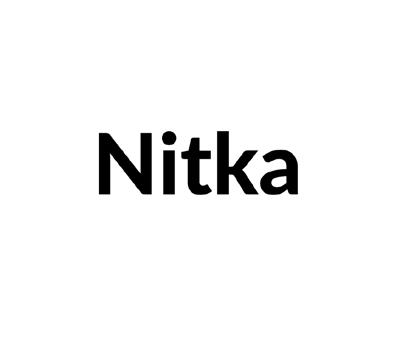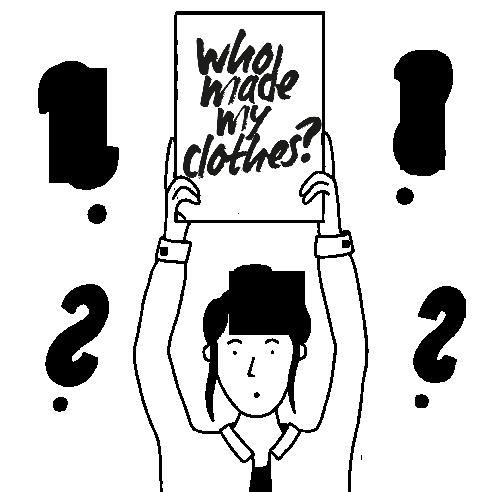Modern slavery - cotton production for fashion
Description
This lesson is about what “modern” slavery has to do with our clothes.
Objective
Objective of this lesson is questioning what slavery has to do with our clothing, compare the situation of cotton production back then with today and reflect how closely your imagination matches reality.
After this lesson you will be able to
- understanding that slavery is not a thing of the past, which is still a reality for many people
- it will give an overview of different ways in which people are exploited and that these forms represent modern slavery
- try to reflect that decisions you make yourself are connected to world events and the history we write
Tools and materials
pen and paper, wifi connection, laptop/ tablet, miro board or other online working tool (for offline work, use Post Its)
MODERN SLAVERY:
When an individual is exploited by others, for personal or commercial gain. Whether tricked, coerced, or forced, they lose their freedom. This includes but is not limited to human trafficking, forced labour and debt bondage.
EXPLOITATION:
Is the act of selfishly taking advantage of someone or a group of people in order to profit from them or otherwise benefit oneself.
HARVESTING:
Is the method of collecting a ripe crop from the fields. It is carried out as soon as the plant attains average maturity concerning the useful requirement of seed, rhizomes, bulbs, tubers, stems, leaves, stalk or others with minimum losses.
MARGINALISATION:
Means when a certain person or a sect of people are made to feel of lesser importance, by those in power. Marginalised persons are forced to the periphery or the edge of society.
BONDED LABOUR:
Debt bondage is work exchanged for a debt which, ultimately, can never be paid. Also known as bonded labor or debt slavery, workers are told they can pay off a loan of their own or of a family member by working it off. The work is often difficult and imposed under brutal circumstances. The deal is set for people who cannot pay off a debt outright and, therefore, will require basic provided needs like shelter, food, and water. Living expenses continue to add to the original debt and the worker is unable to ever break free without coming under threat of the employer.
HUNTER-GATHERERS:
Members of a culture in which food is obtained by hunting, fishing, and foraging rather than by agriculture or animal husbandry.
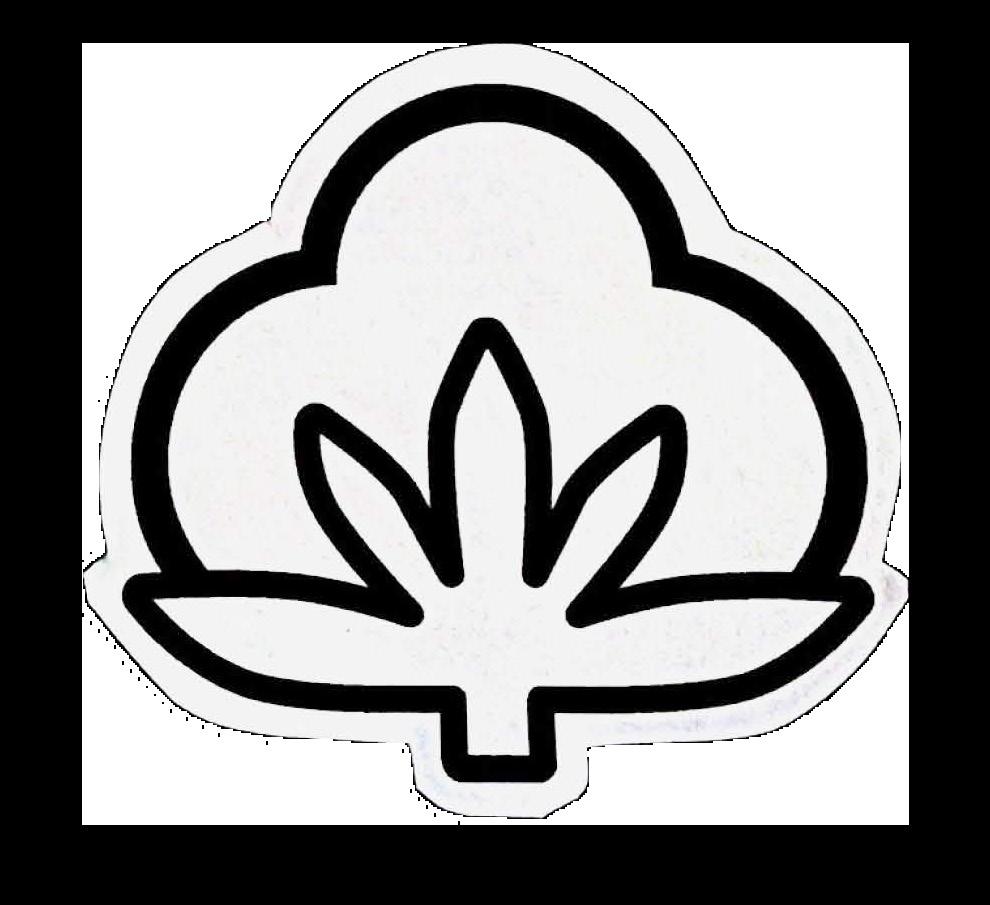
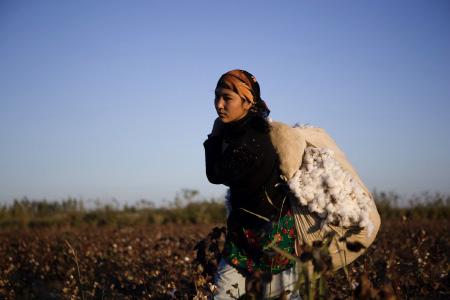
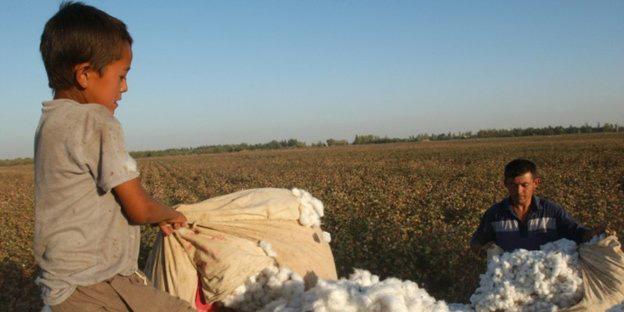 Photo credit: Environmental Justice Foundation
Photo credit: Environmental Justice Foundation
Photo credit: Environmental Justice Foundation
Photo credit: Environmental Justice Foundation
Task
To start this lesson we will have a look at pictures showing cotton field workers from today harvesting cotton. (showing pictures from cotton field workers in the present day)
Use these pictures to help you imagine how best to write a diary text, from the viewpoint of a field worker in the present day.
Use these questions as a tool to help you:
Where do you live?
How old are you?
Where do you wake up/ at what time?
Do you have a family?
How do you come to work?
What is your work about, what do you have to do?
How long do you work?
Do you like your work?
Do you earn enough money?
Let’s gather what comes to your mind when we speak about “modern” slavery.
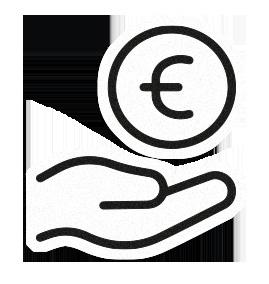
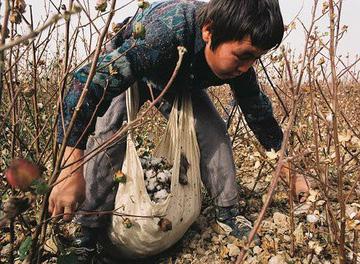
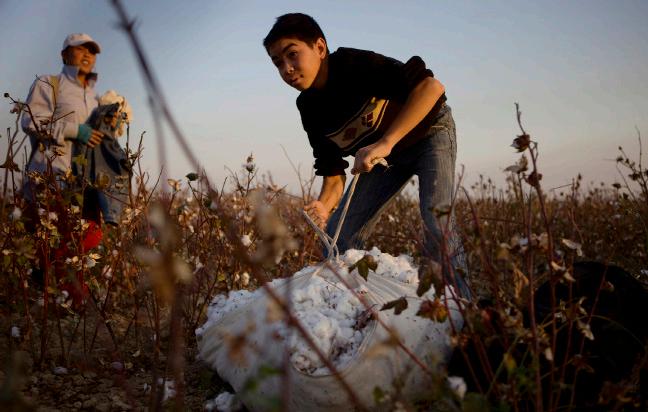 Photo credit: Environmental Justice Foundation
Photo credit: Environmental Justice Foundation
Photo credit: Environmental Justice Foundation
Photo credit: Environmental Justice Foundation
Estimates vary, but there are between 20 and 45 million people trapped in various forms of modern slavery in the world today.
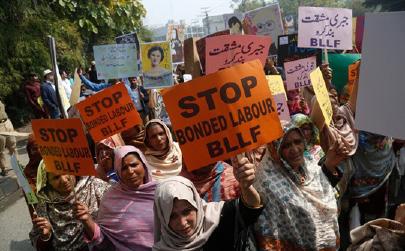
Modern slavery exists in industries ranging from technology to agriculture to housekeeping to sex, among many others.
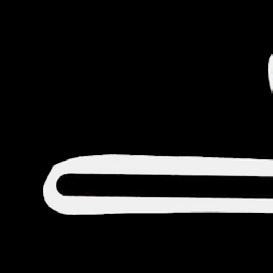 Photo credit: AP Photo/K.M. Chaudhry
Photo credit: AP Photo/K.M. Chaudhry
Modern slavery takes many forms. The most common are:
Human trafficking. The use of violence, threats or coercion to transport, recruit or harbour people in order to exploit them for purposes such as forced prostitution, labour, criminality, marriage or organ removal.
Forced labour. Any work or services people are forced to do against their will under threat of punishment.
Debt bondage/bonded labour. The world’s most widespread form of slavery. People trapped in poverty borrow money and are forced to work to pay off the debt, losing control over both their employment conditions and the debt.
Descent–based slavery. Descent-based slavery describes a situation where people are born into slavery. This is usually because their ancestors were captured into slavery, and their families have ‘belonged’ to the slave-owning families ever since. The slavery status is passed down the maternal line.
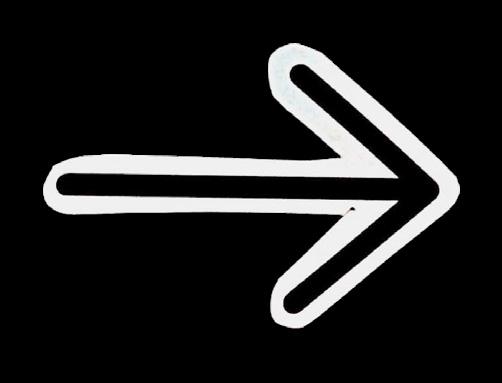
Slavery of children. When a child is exploited for someone else’s gain. This can include child trafficking, child soldiers, child marriage and child domestic slavery.
Forced and early marriage. When someone is married against their will and cannot leave. Most child marriages can be considered slavery.
CLICK TO FIND OUT MORE
Although it is difficult to pinpoint the exact year that slavery began, historians can trace the roots of this inhumane practice back roughly 11,000 years.
The precise beginning of slavery is difficult to track because its origins predate historical recording and the written word.
Due to the sociological makeup of the groups, we know that slavery wasn’t a part of hunter-gatherer societies, so the first identifiable evidence of slavery comes from the Code of Hammurabi out of Mesopotamia. This ancient text refers to slavery as a common practice throughout the region which had been in place for thousands of years at the time it was written. Since then, the history of slavery has continued to develop.
Sadly, even through the hard work of abolitionists the world over, the end of slavery didn’t come in the 19th century. Modern or contemporary slavery still exists across the globe, often in places you wouldn’t expect. Experts estimate that there are roughly 40,3 million enslaved people currently in bondage.
Reflection
Let’s have a look at the texts that you have written at the beginning.
• Was it easy to imagine a life as a field worker?
• Do you think that your diary texts are close to reality?
• What did you feel/think about what you learned about modern slavery?
• How does it feel when you see that slavery has still not yet ended?
• When you think about yourself and your role in this world, do you feel connected to these people and their situation? Explain why.
OPTIONAL
In the end it is important to see ourselves as a part of the whole world.
• What can be our input to bring more awareness to this big topic?
• What are possible solutions for changing our own behaviour and perhaps also the behaviours of other people?
• What could be an activistic idea to bring more awareness to this topic?
Even if an idea for making a significant change to a system, society or policy seems too big - there are always many ways of taking small steps and making individual small changes, that can help to reach or achieve that change.
Start to ask yourself more and more, how things are produced and who produced them. You could use for example the hashtag “#WhoMadeMyClothes?” from Fashion Revolution, when asking big brands on social media about these questions.
At Fashion Revolution you can find lots more ideas on how to act and bring more awareness to this topic.
You also can join Amnesty International Amnesty International is a global movement of more than 10 million people who take injustice personally. They are campaigning for a world where human rights are enjoyed by all.
Start asking! Start acting!
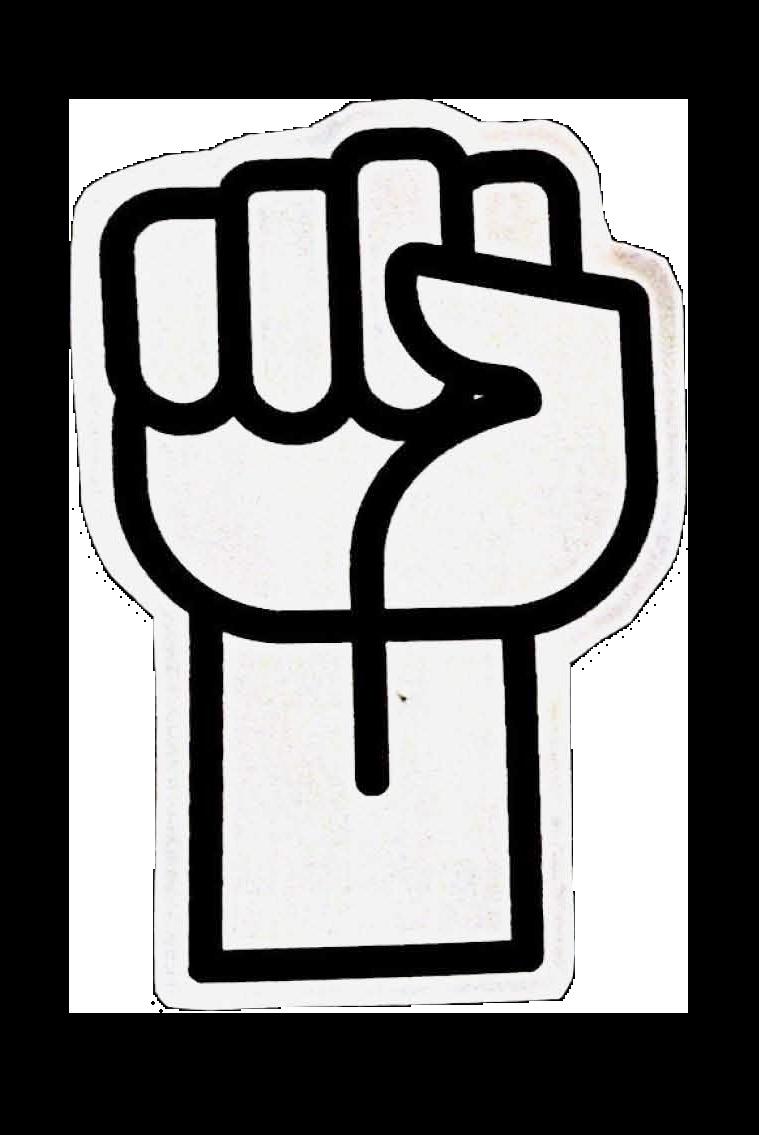
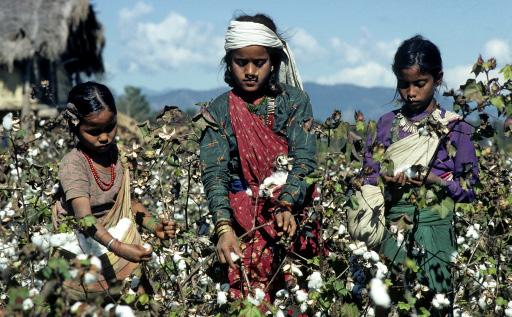
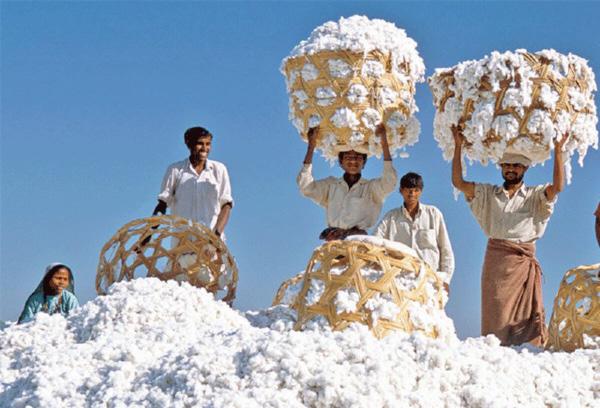 Photo credit: Um Welt Dialog
Photo credit: India Times
Photo credit: Um Welt Dialog
Photo credit: India Times
Resources
Website of Labour behind the Label, 2023. Available at: https://labourbehindthelabel.org/
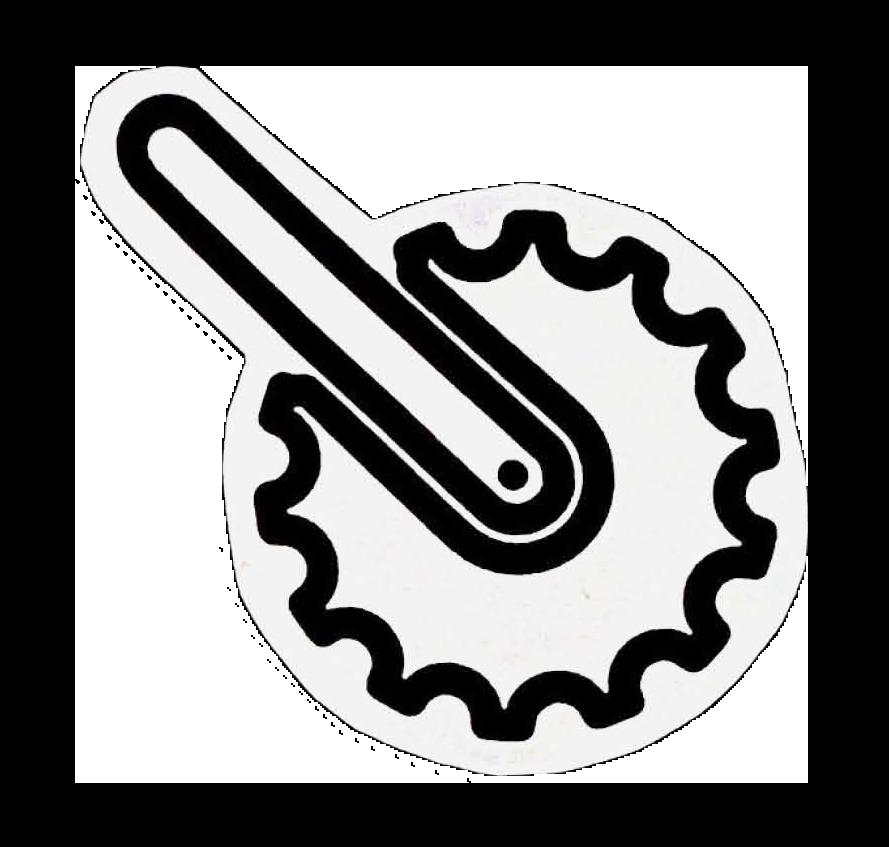
Website of Garment worker diaries, 2023. Available at: https://workerdiaries. org/
Website of Minderoo Foundation,Walk Free, 2023. Available at:https://www. minderoo.org/walk-free/
Website of Walk free group, 2023. Available at: https://www.walkfree.org/
G Okuma,What is debt bondage? Dressember Reading Day #16, 2023.
Available at: https://www.dressember.org/blog/dressemberday16
Website of Anti-Slavery International, 2023.
Available at: https://www.antislavery.org
Authors
Julia Hermesmeyer, Fashion Revolution Germany
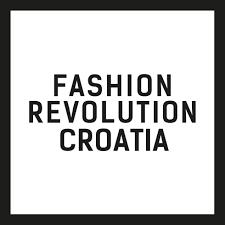
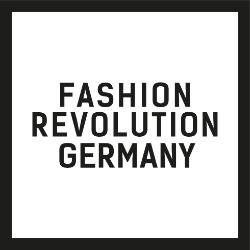
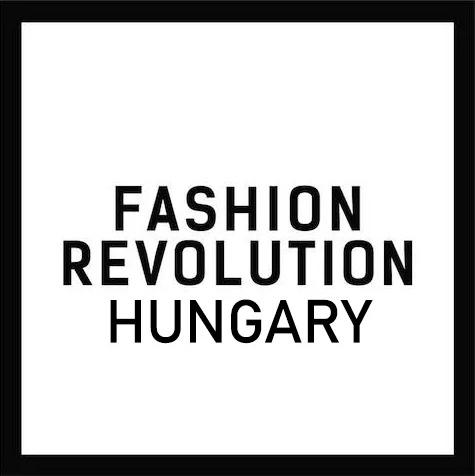
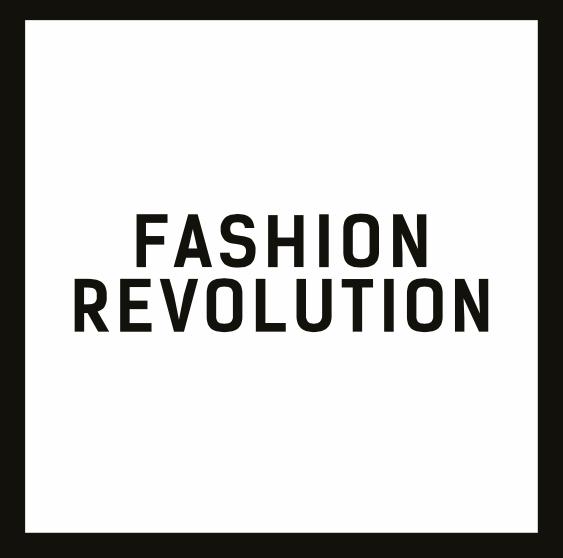
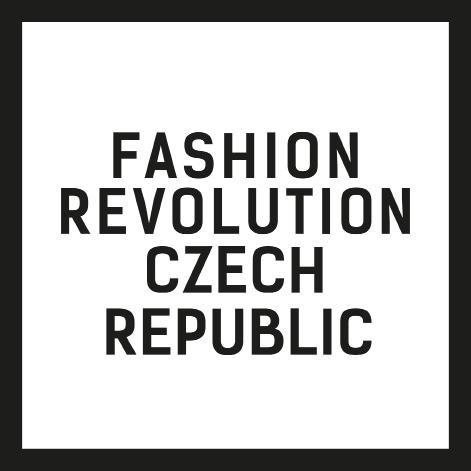
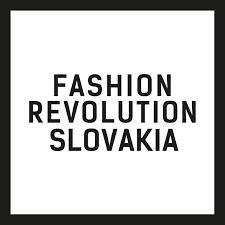




 Photo credit: Environmental Justice Foundation
Photo credit: Environmental Justice Foundation
Photo credit: Environmental Justice Foundation
Photo credit: Environmental Justice Foundation


 Photo credit: Environmental Justice Foundation
Photo credit: Environmental Justice Foundation
Photo credit: Environmental Justice Foundation
Photo credit: Environmental Justice Foundation

 Photo credit: AP Photo/K.M. Chaudhry
Photo credit: AP Photo/K.M. Chaudhry





 Photo credit: Um Welt Dialog
Photo credit: India Times
Photo credit: Um Welt Dialog
Photo credit: India Times








